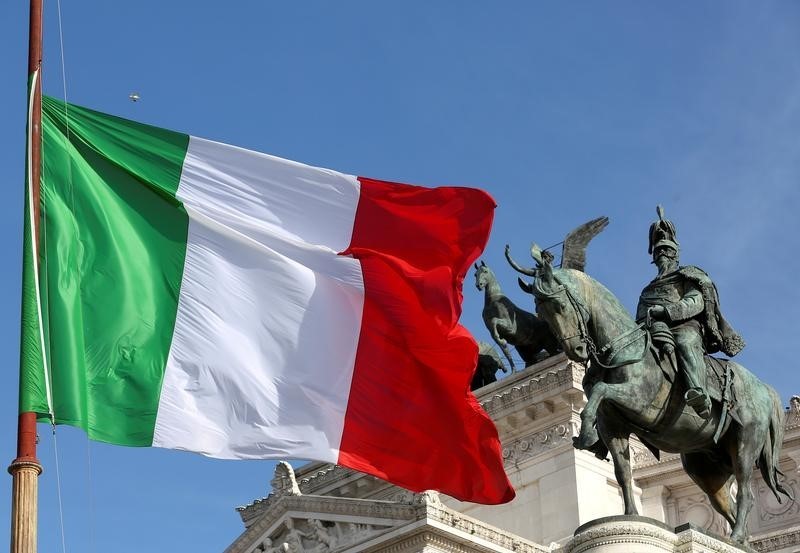AlphaTON stock soars 200% after pioneering digital asset oncology initiative
Investing.com -- S&P Global Ratings has raised Italy’s credit rating to ’BBB+’ from ’BBB’, citing the country’s external buffers and monetary flexibility. The credit rating agency also confirmed the short-term ’A-2’ rating and stated the outlook is stable. The decision was announced on April 11, 2025.
The upgrade follows the U.S. administration’s decision to suspend a previously announced 20% tariff on European Union goods for three months, opting for a milder 10% tariff. S&P Global Ratings believes this will have a manageable impact on Italy’s economy and current account, partially offset by accelerated public investment and a fiscal stimulus from Germany.
Over the past five years, Italy’s net external creditor position has deepened due to resilient exports and high domestic savings rates. It is now estimated to be 15% of GDP, compared to a near balance before the pandemic. Although Italy’s net general government debt remains high at 129% of GDP as of the end of 2024, the agency expects the debt to GDP ratio to stabilize from 2028 as cash deficits gradually narrow.
Italy’s monetary flexibility and creditworthiness are further supported by the credibility of the European Central Bank (ECB). The ECB’s ability to counteract disinflationary pressures in the event of external shocks to the European economy is seen as beneficial, particularly as inflation rates across the euro area, including Italy, are declining.
Despite increased uncertainty around the global growth and trade outlook, the agency’s economic projections assume that U.S. tariffs on EU merchandise, including Italian goods, will remain at 10%.
S&P Global Ratings also provided scenarios that could lead to a change in Italy’s credit rating. A downgrade could occur if Italy’s economic, external, and budgetary positions deteriorate significantly beyond current forecasts. This could be triggered if U.S. tariffs severely impact consumer and business confidence, as well as Italy’s balance of payments and budgetary positions.
On the other hand, the ratings could be raised if Italy continues to reduce its budget deficit, putting its government debt to GDP on a firm downward trajectory. An upgrade could also occur if potential economic growth sustainably improves above 1% due to reforms addressing Italy’s structural economic challenges.
